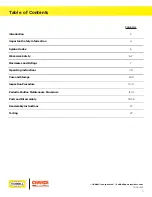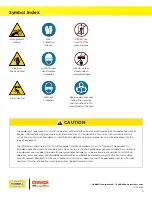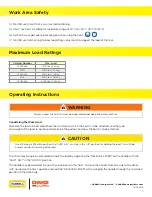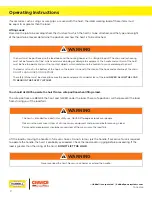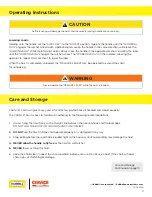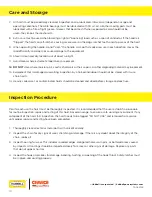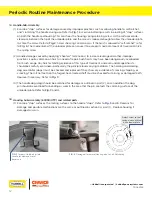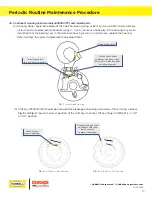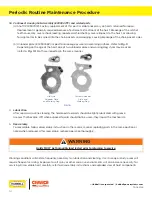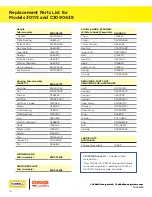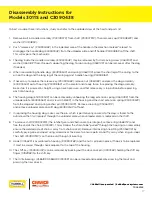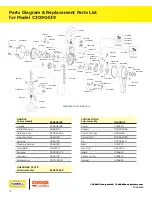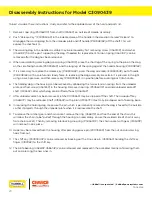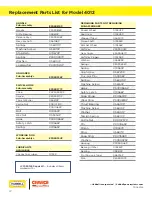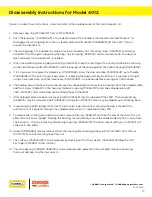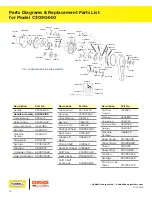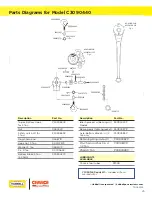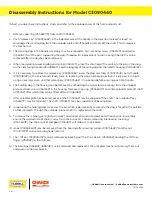
12
©Hubbell Incorporated | hubbellpowersystems.com
TD09232E
Handle-Sub-Assembly
(1)
3A.
Examine "stop” surfaces for damage caused by improper practices such as allowing handle to self-ratchet,
and "slamming" the handle during use. Refer to
Fig. 1
. Excessive battering results in eroding of "stop" surfaces
on both the handle and housing. This can shear the housing spring retaining screw. As the surfaces erode,
clearance between the tip of the unloader plate and the screw is reduced enough to allow the unloader plate
to strike the screw. Refer to
Fig. 2
. Screw shearing can also occur if the hoist is allowed to "self-ratchet"; refer
to
Fig. 6
. The momentum of the unloader plate can cause it to exceed its normal amount of travel and strike
the spring screw.
(2) Handle damage caused by applying "cheaters" (extensions) to increase leverage and other improper
practices is quite common on hoists in need of repair. Such hoists may have been dangerously overloaded
from such usage. Any hoist exhibiting evidence of this type of treatment, and even undamaged hoists,
should be carefully examined—particularly the principle load carrying members. The holding and working
dog assemblies (dogs) must be checked and replaced if they show any evidence of creasing, chipping, or
cracking. The ratchet teeth on the forged, heat-treated shaft must be checked for missing or damaged teeth.
Replace if necessary. Refer to
Fig. 3.
(3) The handle dog (dog) should be examined for damage as outlined in part (2), and in addition, the dog
pin should be examined for bending or wear in the area that the pin contacts the camming surface of the
unloader plate. Refer to
Fig. 3
and
4
.
Periodic Routine Maintenance Procedure
Housing Sub-Assembly (E3090477P) and related parts.
(1)
3B.
Examine "stop" surfaces, the mating surfaces to the handle "stops". Refer to
Fig. 5
and
6
. Reasons for
damage and possible malfunctions are the same as outlined in section 3A, part (1). Replace housing if
damaged or worn.
FIG. 5
Inspect Stop Bolt inside
handle for damage, metal
fragments
FIG. 6
Damaged Screw and Housing due to Self-Ratcheting
Adjust screw so that
spring does not bind
on unloader plate



